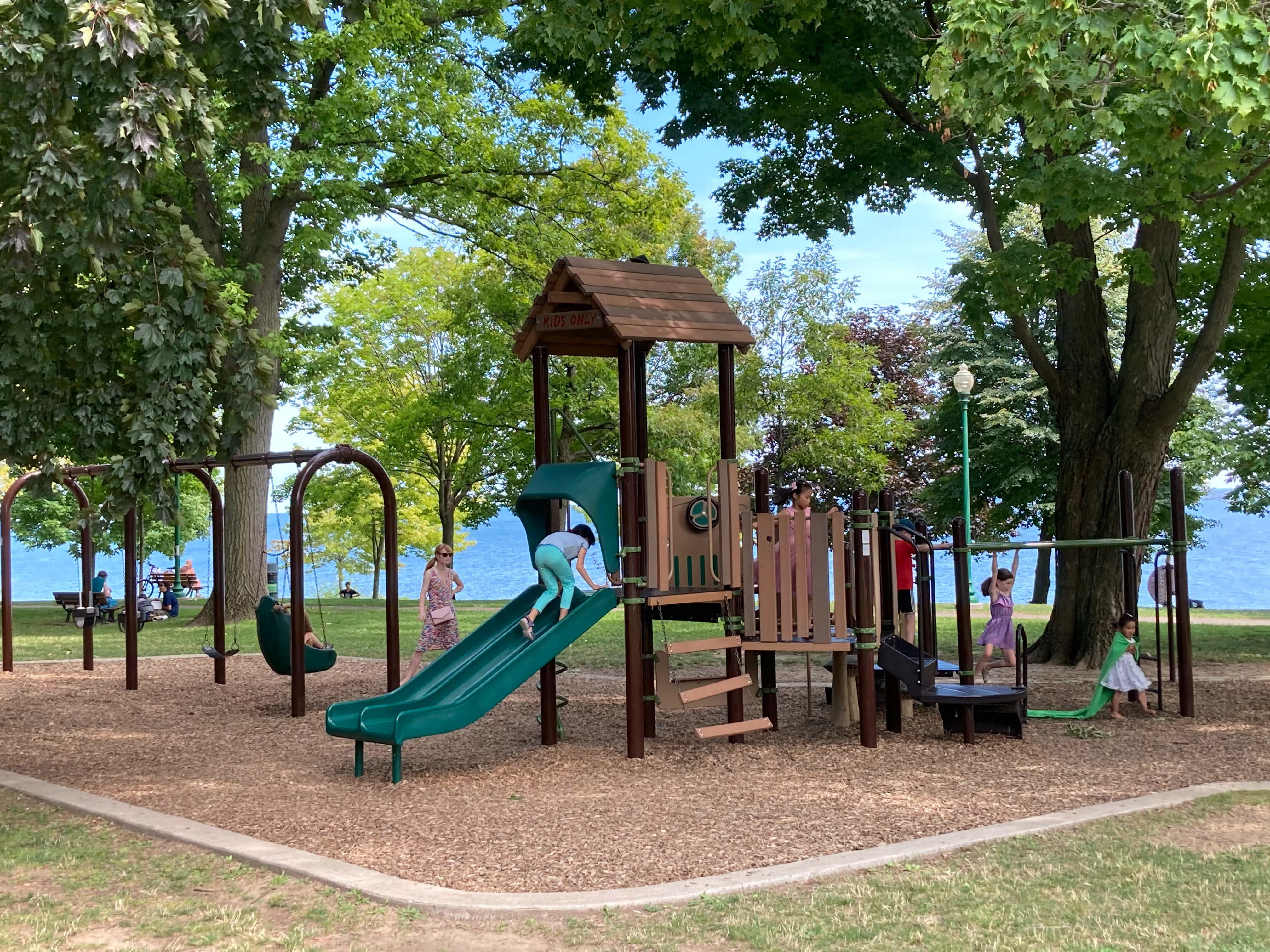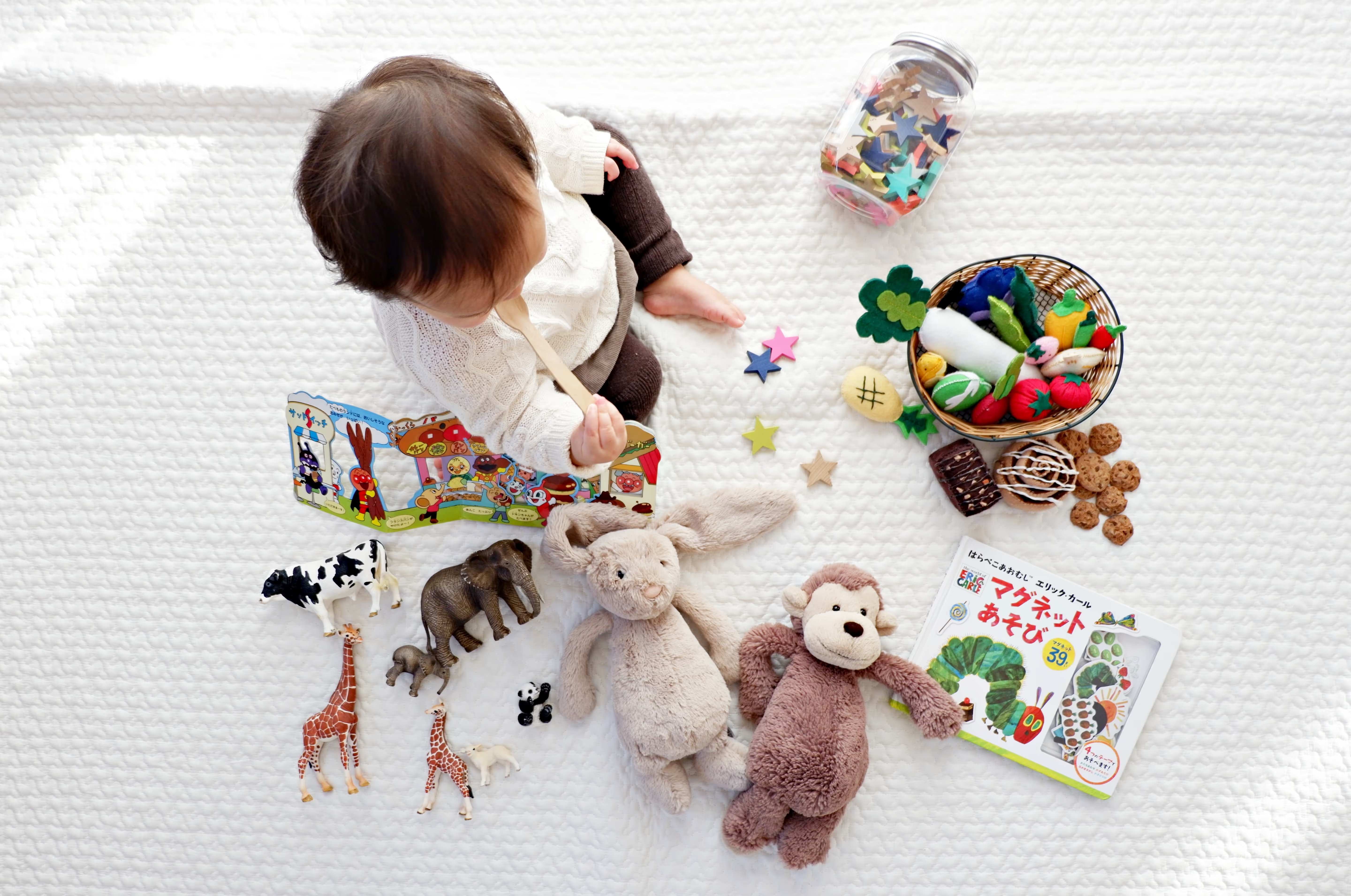
Coral Care content is reviewed and approved by our clinical professionals so you you know you're getting verified advice.
Find effective support for developmental delays, quickly.



Concerned about your child's development?
Our free screener offers guidance and connects you with the right providers to support your child's journey.
When looking for something fun to do with your child this summer don’t forget about climbing structures at playgrounds or in your backyard! There are some great benefits to all different types of playground surrounding your family that you may have not even thought of before.
Here’s how you can use common playground structures to help your child build foundational skills to develop early. Using these structures improve their ability to progress gross motor skills and improve their ease and safety accessing more natural environments across their lifespan!
The Ladder
The first type we will dive into here is the typical ladder that is at almost every playground and on the small play slide that you might have at home. Not only do ladders engage core muscles, they are a great opportunity to initiate and practice step over step patterning on stairs, as well as hand and foot coordination. Ladders that are helpful in improving core, leg, and arm strength all in one!
The Rope Ladder
In addition to all the benefits listed above with a typical ladder, the rope ladder increases the dynamic aspect of the task, challenging your child’s core, leg, and arm strength even further. Rope ladders have an additional benefit of exposing your child to unstable surfaces and improving their protective reactions, as well as engaging their vestibular system to counter any loss of balance.
The Wobble Bridge
A wobble bridge, or even a wobble “balance beam” if there isn’t a bridge to climb across, has a dynamic surface and is great for engaging ankle and hip balance strategies. As these balance strategies improve, they will start to improve in more natural situations. Some surfaces that will require ankle and hip strategies to maintain balance are running in grass or on soccer fields, walking across different or dynamic surfaces, stepping over objects in their pathway, etc.
Monkey Bars
Lastly, one of the trickiest climbing structures for your child to trial is the ever-dreaded monkey bars. I know, it sounds silly to say your young child should be doing the monkey bars, but they don’t have to perform the task alone! With some assistance from you to support their body weight, they still gain great shoulder girdle strength by supporting a portion of their body weight from hanging on the bars. This is a crucial development for shoulder stability and postural control as your child grows.
These are some fun ways to continue your child’s overall development of strength, hand-eye-coordination, balance, and endurance!





